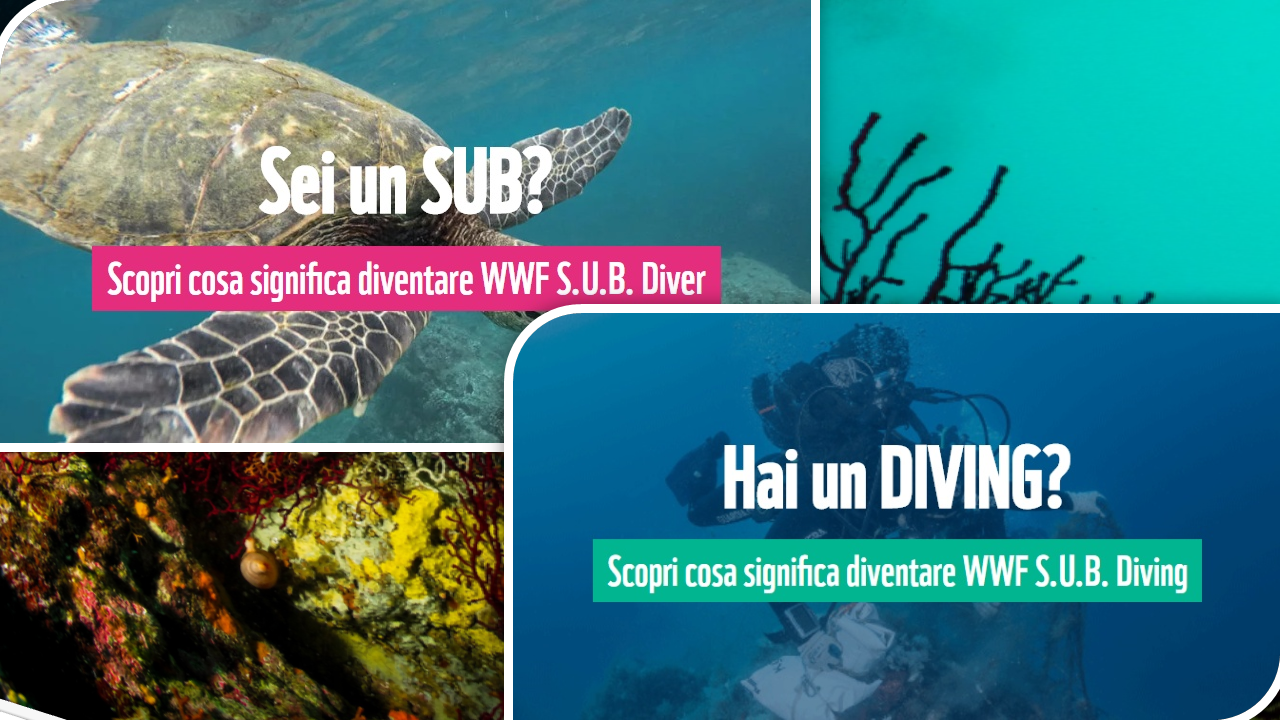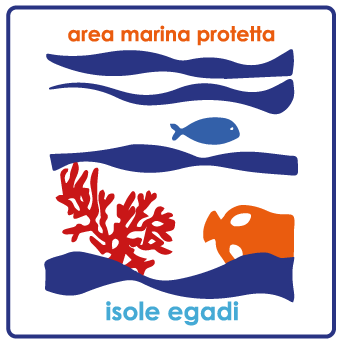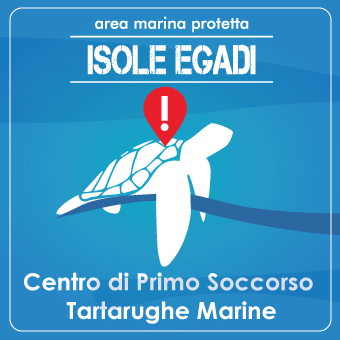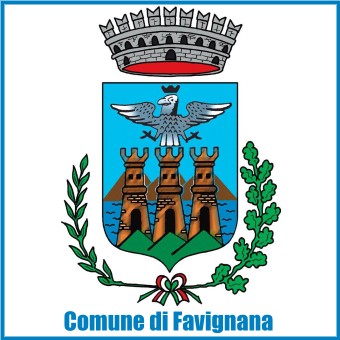 E’ probably the Saracen period, the construction of a watchtower on the promontory of Punta Troia.
E’ probably the Saracen period, the construction of a watchtower on the promontory of Punta Troia.
During the Arab domination of the island was called Gazirat Malitimah.
around 1140 Ruggero II, King of Sicily, He transformed the old Saracen tower of Punta Troia in a real castle in defense of’ western end of the richest and most powerful kingdom in the Mediterranean at that time.
In subsequent periods Swabian domination, Angevin and Aragonese Marettimo followed the fate of Sicily, accentuating an isolation that had its peak during the long Spanish rule, when the western part of the island became a receptacle for pirates and privateers of all the reams, with a prevalence of those Saracens. The few inhabitants were forced to live in caves and the only real oversight of the central government was made up of the castle and its increasingly small garrison.
In 1637 the Spanish Crown, bankrupt the continuing wars, He gave the Egadi archipelago to the Marquis Pallavicino of Genoa. In 1651, off between Marettimo and Levanzo, back northeast, He was found a large coral bench, and the island was home to the boats of coral Trapani, who spent the night at Scalo Maestro, under the protection of the garrison of Punta Troia Castle.
It was in the late eighteenth century that the island began to be populated on a permanent basis. At that time, King Ferdinand IV of Bourbon, pushed by the enlightened viceroy Caracciolo, He began timid attempts at government reform and enhancement of the kingdom territories. With the French Revolution, under the Viceroy Caracciolo, the “Real Castello del Maretimo” He became horrid prison, especially for political prisoners: in 1793, in times of anti-Jacobin repression and famine, Castle had well 52 political prisoners, crammed into a prison created in an old cistern called "the pit”.
The prison conditions were described in his memoirs from Guglielmo Pepe, Here penned by 1802 al 1803. Since September 1822 to June 1825 the Marettimo pit housed the Marche Sant'Angelo in Pontano Nicola Antonio Angeletti, Carbonaro opponent of the Kingdom of Naples, who has left us a detailed plan of his own design on how it was organized the strong Marettimo. In the pit they were also locked up the Foggia Nicola Ricciardi; the painter Syracuse, but Neapolitan source, Antonio Leipnecher, and Gennaro Ed.
And then the napoletano Ferdinando Giannone Carmine Curzio, the Palermo Bartolomeo Milone, the priest don Pasquale Barbieri and the archpriest Vincenzo Guglielmi (or William) Andretta, in the province of Avellino, slain into the pit along with the lawyer Nicolò Tucci “for a play badly interpreted by the military guard”.
In 1844 King Ferdinand II, after having inspected, He abolished the Castle. Together fell into disrepair the nearby church dedicated to St. Anne and the chapel dedicated to Our Lady. delle Grazie, one place up to that point where they could receive the sacraments Marettimo. In the mid-nineteenth century the inhabitants of Marettimo left their caves and began to build their houses of tufa. I Florio, with their initiatives, They were doing flourish Egadi with traps and fields of cultivation, but this was not enough for Marettimo: conditions and peculiar communities were such that she began, unrestrainable, the migratory flow “this way and that by the Sea” to North Africa, Portugal and, subsequently, the Americas up to the icy waters of Alaska for salmon fishing.
Today the town is enclosed in a single agglomeration no longer 300 meters wide 200. Residents live mostly of tourism, but in the not too distant past, most of the population was made up of very valid sea-faring, experts and salting fish, not last, like good farmers and beekeepers.
Historical notes by Association C.S.R.T. Marettimo
The Punta Troia Castle, owned by the City of Favignana Egadi, and now home to the Museum of the Prisons and Observatory “Monk seal” Marine Protected. Travel Destinations to visit for enjoying the natural scenery.
Text taken from the brochure distributed by the City of Favignana. Info: +390923 923171









































